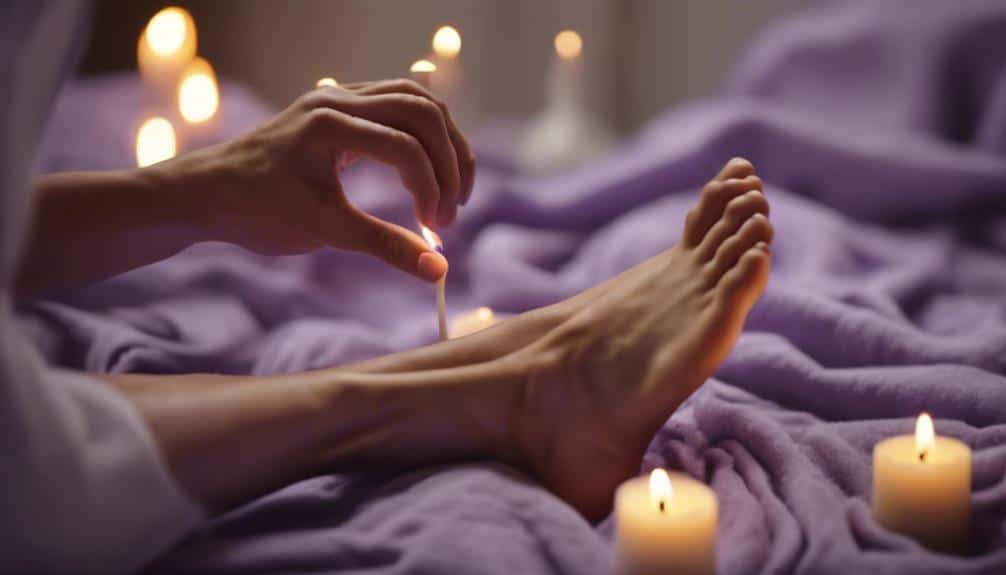In holistic health, three essential reflexology techniques shine brightly as effective avenues for stress relief, presenting a unique blend of finely tuned methods to alleviate daily life’s burdens. Among these techniques, the Thumb Walking Technique, Finger Pressure Points, and Heel Hold Method are notable pillars renowned for actively promoting relaxation and restoring equilibrium to the body and mind. Rooted in ancient wisdom and refined through centuries of practice, each technique possesses a distinct quality, specifically targeting specific areas of the body to dissolve tension and foster a profound sense of well-being.
As one delves deeper into the intricacies of these reflexology methods, a rich tapestry of insights unfolds, revealing the profound journey toward stress relief and holistic wellness. Each exploration brings a deeper understanding of the body’s interconnectedness and the transformative potential held within the gentle touch of reflexology. With every session, individuals are invited to experience stress relief and embark on self-discovery and empowerment guided by the ancient wisdom of essential reflexology techniques.
Key Takeaways
- The thumb walking technique targets reflex points to improve circulation and promote relaxation.
- Finger pressure points help release muscle tension and support the body’s natural healing.
- The heel-hold method aids in stress relief by promoting deep relaxation and balancing.
- Reflexology offers holistic health benefits, enhancing well-being and stress management through ancient practices.
Thumb Walking Technique
The thumb walking technique, pivotal in reflexology, employs the thumb to meticulously navigate the foot’s surface, pinpointing reflex points associated with various bodily organs and systems to foster relaxation and enhance well-being. This fundamental method leverages the thumb’s strength and precision to apply targeted pressure on specific areas, facilitating the stimulation of nerve endings. Through this stimulation, thumb walking aids in promoting stress relief, offering a tribute of tranquility and calmness to those trapped in life’s relentless pace.
Central to its efficacy, thumb walking works to unblock energy pathways, thereby improving circulation, restoring balance, and invigorating the body’s natural healing processes. Concentrating on pressure points corresponding to different body parts, this technique harmonizes the intricate connections between the physical and the subtle, ensuring a seamless energy flow. Regularly incorporating thumb walking in reflexology sessions magnifies their effectiveness, contributing to an individual’s overall relaxation, stress management, and well-being. It proves the profound impact of nurturing touch in achieving balance and natural healing, reinforcing reflexology’s role in holistic health maintenance.
Finger Pressure Points
Reflexology’s finger pressure points offer a targeted approach to stress relief by focusing on specific areas of the hands that mirror the body’s organs and systems. This precise method within reflexology allows individuals to address stress and tension directly, fostering a sense of relaxation and well-being by stimulating corresponding bodily areas. By applying gentle yet firm pressure to these finger points, one can initiate a cascade of benefits to mitigate the effects of stress on the body.
The application of pressure to reflexology finger points is not only accessible for self-care routines but also serves as an efficient technique for partners looking to aid each other in stress relief. This practice enhances circulation, facilitates the release of muscle tension, and promotes an improved energy flow throughout the body. As these finger pressure points are engaged, they support the body’s natural healing processes, reducing the overall impact of stress.
Regularly utilizing these reflexology techniques underscores a commitment to holistic health, emphasizing the interconnectedness of the body’s organs and systems in achieving tension relief and relaxation. Through the strategic application of finger pressure points, individuals can harness the power of reflexology to foster a balanced and stress-reduced state of being.
Heel Hold Method

Among the various reflexology techniques, the Heel Hold Method is an efficient approach for alleviating stress and fostering deep relaxation. This technique emphasizes the gentle application of pressure to the heel, a practice that soothes and offers a unique pathway to tranquility and stress relief.
The Heel Hold Method is cherished for its ability to:
- Promote Relaxation: Reflexologists can induce deep relaxation by focusing on the heel, helping combat stress and anxiety.
- Balance and Grounding: In reflexology charts, the heel corresponds to the pelvic area, offering benefits related to balance and grounding, which are essential for managing daily stress.
- Release Tension: Targeting the heel helps release tension accumulated in the lower back and hips, areas often affected by stress.
- Aid in Stress Relief: This method is particularly beneficial for individuals dealing with conditions like anxiety, insomnia, or fatigue, providing a natural avenue for relief.
Incorporating the Heel Hold Method into a regular wellness routine can significantly enhance one’s ability to manage stress, achieve relaxation, and maintain a sense of grounding and balance, essential for overall well-being.
Frequently Asked Questions
Can you explain the benefits of incorporating essential reflexology techniques into a stress relief routine?
What Are the Techniques for Stress Relief?
Techniques for stress relief encompass thumb pressing and tapping on specific hand reflex points, targeting areas linked to stress, such as the diaphragm and pituitary reflexes, to lower cortisol and foster relaxation effectively.
What Pressure Points Get Rid of Stress?
Focusing on pressure points on the feet, such as the solar plexus, adrenal, and pituitary, alleviates stress. Techniques targeting the diaphragm and thyroid further enhance relaxation and reduce anxiety.
How Does Reflexology Relieve Stress?
Reflexology alleviates stress by stimulating nerve endings in the feet, activating the body’s natural healing mechanisms. This promotes relaxation, balances energy flow, and reduces cortisol levels, fostering a serene and balanced state of well-being.
Where Is the Reflexology Point on Your Feet for Anxiety?
The reflexology point for anxiety is located in the solar plexus area, just below the ball of the foot. Stimulating this point can significantly reduce stress and improve emotional well-being through enhanced relaxation and calmness.
Conclusion
Reflexology is an ancient therapy that uses gentle pressure on reflex points on the feet and hands to stimulate the body’s healing process. It is based on Chinese Medicine principles and relies on applying pressure to specific points on the feet that correspond to different body organs and systems. Reflexology is a safe therapy that can help relieve stress and anxiety, improve sleep quality, and reduce muscle tension and soreness.
During a reflexology session, the therapist applies firm pressure to the reflexology points on the feet using their fingers or a golf ball. The pressure is usually applied in a circular motion, and the therapist may use deep pressure or myofascial release therapy to release muscle spasms and soreness. Applying pressure to the reflex points on the foot can also help improve blood flow and reduce blood pressure.
Regular reflexology sessions can profoundly reduce stress levels and stress hormones in the body. Chronic stress can have adverse effects on the body, including increasing the risk of heart disease and affecting the thyroid and adrenal glands. Reflexology can help reduce stress by breaking down micro-stress doses and reducing the number of micro-stress doses an individual can tolerate before feeling overwhelmed.
Reflexology can help an individual achieve a sense of calm and deep relaxation. The therapy can stimulate the release of “feel-good” neurotransmitters, such as serotonin and endorphins, which can help relieve anxiety symptoms and promote a sense of peace. Reflexology can also help with menstrual cramps, digestive issues, and sex hormones.
In conclusion, reflexology is an effective therapy that can help improve physical health, reduce stress and anxiety, and promote true relaxation. Gentle pressure on the reflex points on the foot can stimulate nerve endings and facilitate the release of “feel-good” neurotransmitters. Reflexology is a safe and effective therapy that can be used in everyday life to promote health and well-being.

